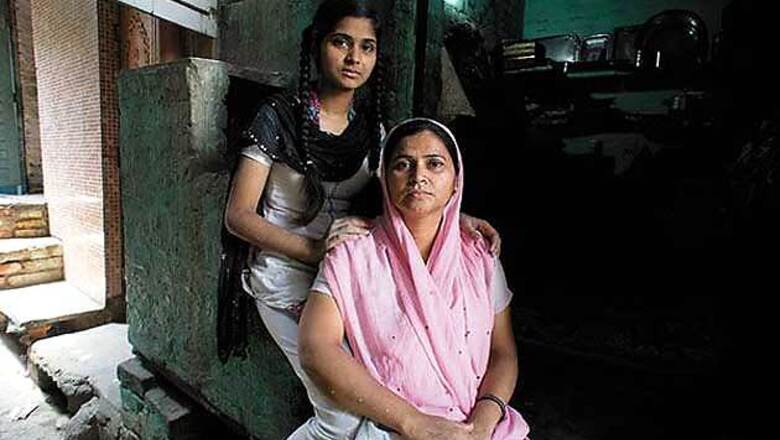
views
"Lottery si lag gayi [it's as if I have won a lottery]," says Nagina, a beneficiary of the Delhi government's Annashree scheme, which gives poor families without access to ration shops Rs 600 a month, no questions asked. This is the difference between the subsidised price of food sold through ration shops and the market price. Nagina earns barely Rs 3,000 a month, working in a readymade garments factory, and lives in a small 100 sq ft room in north-east Delhi's low-income Sunder Nagri locality, which is only slightly better than a slum. She now spends Rs 16 every day to buy half-a-litre of milk; she used to buy only Rs 5 worth of milk earlier. And she's arranged for her daughter to take private tuitions.
Nagina, once a mere statistic on the government's poverty tables, is now an empowered consumer. She has choice. Because she has more money in hand. Thanks to Nagina and others of her ilk, the polarised and acrimonious debate on cash transfers in India is set to move out of the theoretical and academic domain, where it was playing out till recently, and into the world of empirical evidence.
Statistical evidence from three pilot studies and anecdotal evidence from the implementation of the Delhi government's Annashree scheme show that cash transfers give people choices which they never thought they would get. And yes, there is an example of a not-so-successful experiment-that of the cash reimbursement of kerosene subsidy in the Kotkasim block of Rajasthan's Alwar district. But that's another story, with different lessons.
Preliminary findings by Sewa (Self Employed Women's Association) Bharat, a trade union of poor self-employed women, and Unicef on unconditional and universal cash transfers in 22 villages in Madhya Pradesh were recently presented at a conference in Delhi. Every adult in 11 villages got Rs 300 and every child Rs 150 a month from June 2011 to January 2012. How they used this money was then compared with the spending by people in 11 other villages, which did not get the cash transfers.
The results will come as a shot in the arm for the UPA government, which is using cash transfer to get voters to the polling booth in the next elections. For Montek Singh Ahluwalia, deputy chairman of the Planning Commission, the two big takeaways from the pilot projects are that cash transfers can be done and that people don't waste the money-two criticisms levelled by sceptics.
The findings showed that when people were given regular monthly cash grants, they did not fritter it away even when there were no conditions. Instead, education got top priority, people ate better food, spent more on medicines and invested in improving their livelihoods, buying sewing machines or farm inputs. Savings increased, debts decreased and the proportion of underweight children declined. Another smaller cash-for-food pilot, also by Sewa Bharat in 2011, in one low-income Delhi locality-Raghubir Nagar-presented a similar picture. In this pilot, families got Rs 1,000 a month for one year but their ration cards were suspended for that period.
Interestingly, while cash transfers in India have been pilloried as part of a 'neo-liberal' agenda of market fundamentalists, some of the largest transfer programmes globally have been implemented by socialist governments-notably in Brazil and South Africa-and the intellectual argument in its favour has also come from left-of-centre theorists.
Research purists agree that these findings are broadly in line with the international experience of cash transfers being game changers for the poor. "Whether it is building household income in the short-term or breaking the inter-generational cycle of poverty, cash transfers have benefits," says Lise Grande, resident representative of the United Nations Development Programme (UNDP) in India.













Comments
0 comment